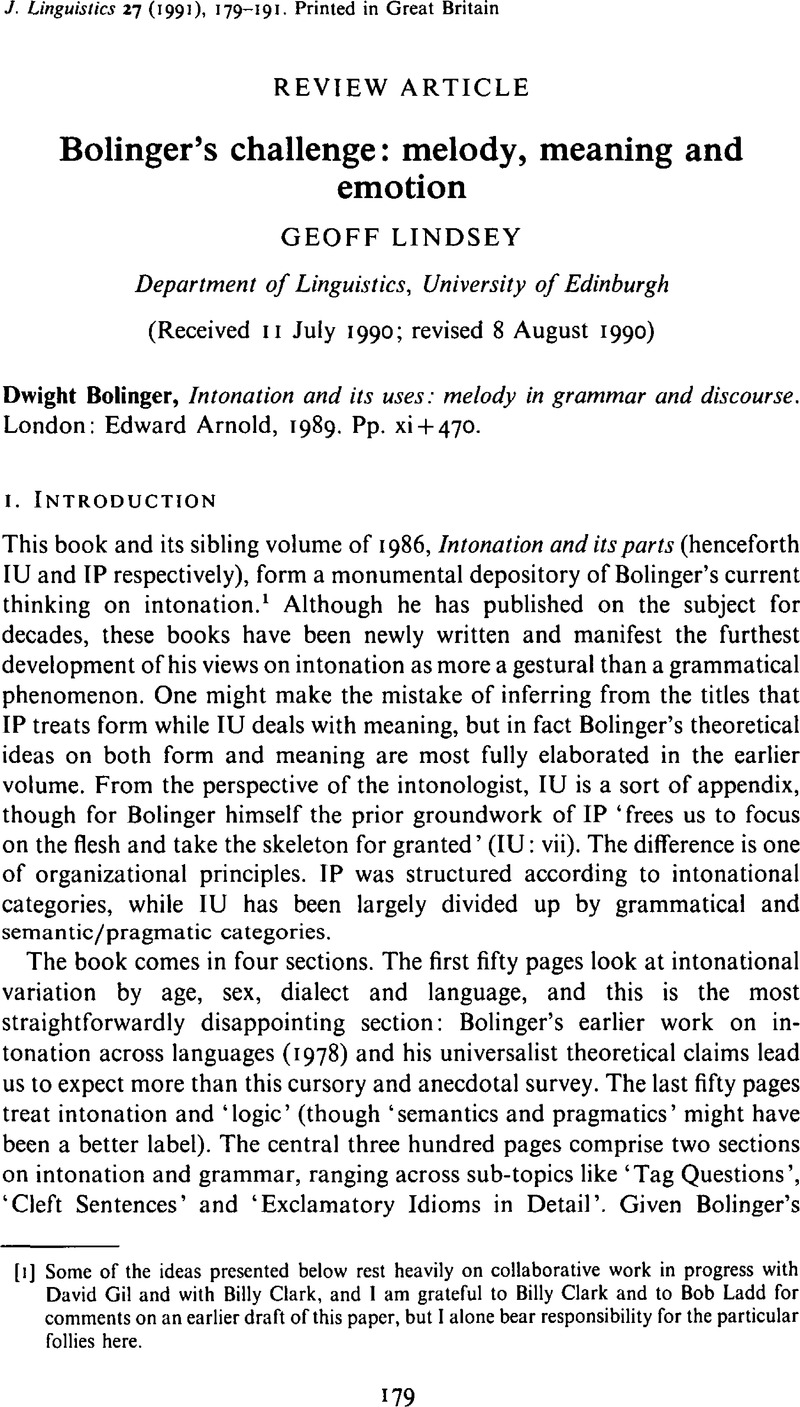Crossref Citations
This article has been cited by the following publications. This list is generated based on data provided by Crossref.
Lindsey, Geoff
1994.
Diana Raffman, Language, music, and mind. Cambridge, MA: MIT Press, 1993. Pp. xi + 169..
Journal of Linguistics,
Vol. 30,
Issue. 2,
p.
575.



